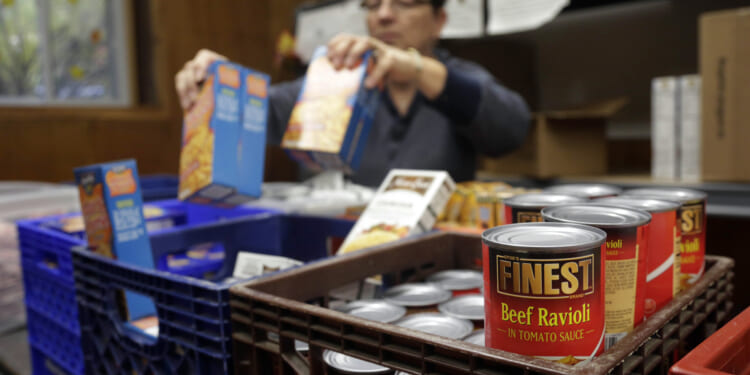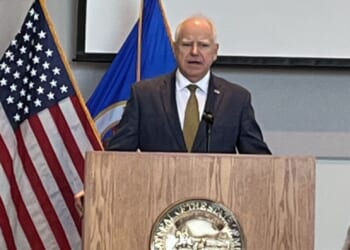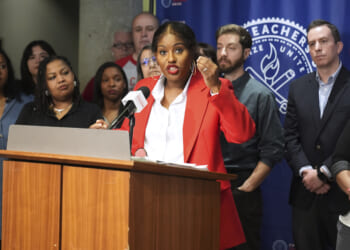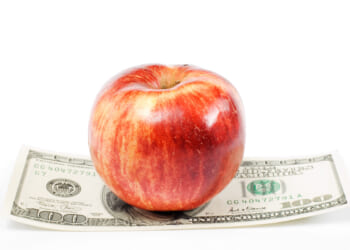If the federal government shutdown continues, millions of Illinoisans could lose access to critical food aid after Nov. 1.
As the U.S. government shutdown – now in its fourth week – drags on, nearly two million Illinoisans are days away from losing access to federal food assistance.
A recent memo from the U.S. Department of Agriculture, which oversees the Supplemental Nutrition Assistance Program, says “the well has run dry” and benefits will not be issued on Nov. 1 because of the congressional stalemate.
Illinois had about 1.86 million residents enrolled in SNAP in September. Despite a 6.5% drop in participation from last year, nearly 15% of the population still relies on the federal program to meet basic nutritional needs. This remains well above pre-COVID levels and includes more than one-in-three residents in some Illinois counties.
View the map below to see how many people in your county could lose access to SNAP after Nov. 1.
Last month, about 30.1% of residents in Alexander and Pulaski counties relied on food aid, a rate five times higher than suburban McHenry County. Almost 850,000 individuals in Cook County alone received SNAP benefits, with Chicago residents comprising two-thirds of the county’s recipients. If the government shutdown doesn’t end, these Illinoisans will have to seek alternatives, such as food banks, to help feed their families.
These numbers indicate persistent economic hardship since the pandemic. Illinois’ unemployment rate remained above the national average, with 292,500 residents looking for work in August. The state’s economic outlook ranks the fifth-worst nationwide and last in the Midwest.
Aggravating these issues is Illinois’ low social mobility and its steep benefits cliffs. This makes it harder for low-income individuals and households to climb the economic ladder, and it discourages work advancement that could cost them their welfare benefits.
High SNAP enrollment may also partly reflect the state’s above-average level of administrative errors when determining who qualifies for food assistance. Illinois’ rate of mistakes is worse than most other states, currently at 11.56%.
The high volume of Illinoisans bracing for the looming SNAP cutoff underscores the need for statewide and regional policies to expand job opportunities, remove barriers to work and prioritize reforms that foster economic resilience and drive long-term growth.











